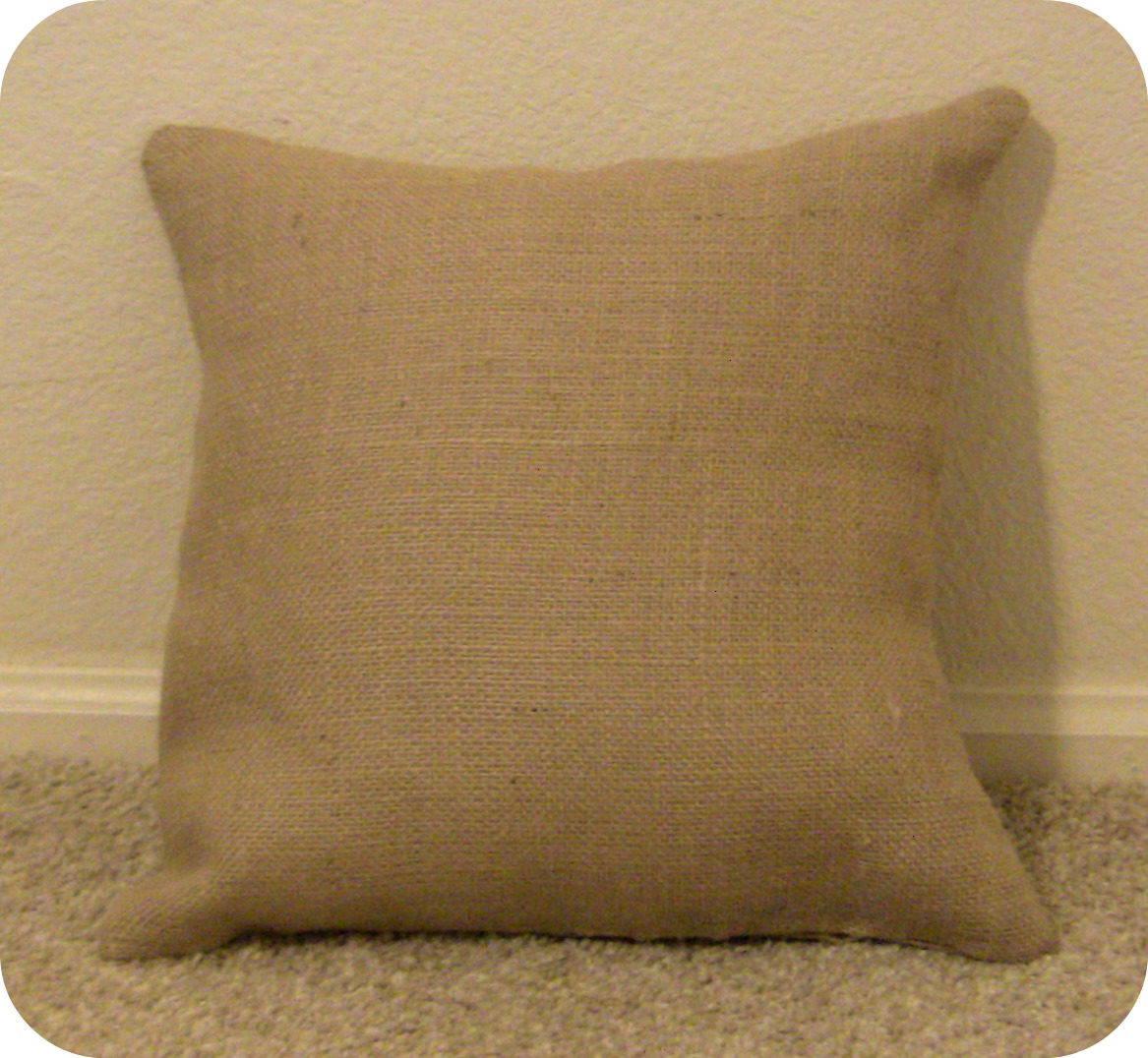
It does this by determining what percentage 300 pixels is of the original width (img.size0) and then multiplying the original height (img.size1) by that percentage. Return Value: A resized copy of the input image. This script will resize an image (somepic.jpg) using PIL (Python Imaging Library) to a width of 300 pixels and a height proportional to the new width.can be one of (linear interpolation), (use nearest neighbor), (a high-quality downsampling filter), or (cubic spline interpolation).


To start with, we use the resize method from the PIL library
#PILLOW IMAGE RESIZE HOW TO#
How to Resize an Image using Pillow (PIL) You can pad an image by using new () and paste () of the Python image processing library Pillow (PIL). That’s great, we’re almost there! Let’s just get started learning how to resize images in python using a pillow library. If you want to resize an image but do not want to change the aspect ratio or trim it, you can adjust the size by adding padding to the top, bottom, left, and right of the image. The Python Pillow library provides two ways in which to resize an image: resize() and thumbnail(). It is designed to improve upon PIL and provide a quick and easy way to develop Python imaging applications. Pillow is an open-source Python library for image manipulation and processing. The following file formats are supported by Python Pillow: JPEG, PNG, TIFF, PPM, GIF, and BMP. rotatingImg = cv2.Resizing an image can be tricky, but luckily Python has us covered with Pillow, a fork of Python Imaging Library (PIL). Syntax: Image. Next is to apply the rotation settings that we have defined on the image we read earlier and display the image. Read the image using the open () method in pillow library Syntax: Image.open ('Enter Image File Path', mode'r', attr) Python3 image Image.open('Image File Path') Resize an image using resize () method. Rotate = cv2.getRotationMatrix2D(center,170,1) First we have to determine the center point of rotation which we can determine from the width and height of the image, then determine the degree of rotation of the image and the dimensions of the image output. Image Rotating OpenCVĬhanging the rotation isn’t that difficult either. croppedImg = imgįrom the command above, the crop results from our initial image will appear following the coordinates we specified earlier. First, we determine the initial x coordinate and final x, then determine the initial y coordinate and end y coordinates of the image that has been said to be read earlier. It is not always possible to express the needed information with words and.Ĭropping application to OpenCV is very easy we need to determine where the coordinates of the image to be cropped. In Word documents, you may be introducing various terms, thoughts, or data. How to Insert a Line in Microsoft Word Documents Functions Used Image.
#PILLOW IMAGE RESIZE INSTALL#
shape can also be applied to see if the image is grayscale or color image. pip install pillow To change the ratio of height and width we will add or subtract any random value from them. Please note that if we read the image in grayscale form, the output will only produce rows and columns. The command will output (680, 850, 2) where 680 is the width, and 850 is the height in pixel size, while 2 is the image channel (RGB), or it means that the image has 680 rows and 850 columns. Shape ) to display the dimensions of our source image.

Henceforth, we will use the image above in this paper. Let’s first try reading our image source and displaying it with the functions previously described. As explained earlier in this article, we will learn how to apply resizing, cropping, and rotating techniques to images. Now we can go back to the original topic of basic image manipulation in OpenCV and Python. import cv2įor details on OpenCV Core Image Operations, please read the OpenCV documentation. To write / save images in OpenCV using a function cv2.imwrite()where the first parameter is the name of the new file that we will save and the second parameter is the source of the image itself. import cv2Ĭv2.imshow('Displaying Images', img) Writing / Saving Images Displaying an Imageĭisplaying an image in OpenCV using a function cv2.imshow()where the first parameter is the window name to display the image and the second parameter is the image itself.
#PILLOW IMAGE RESIZE WINDOWS#
destroyAllWindows ( ) is to close other windows that are currently open.

Whiskey ( 0 ) is to keep the window displaying the image. To read images in OpenCV, use a function cv2.imread()where the first parameter is the image file name complete with its extension.


 0 kommentar(er)
0 kommentar(er)
